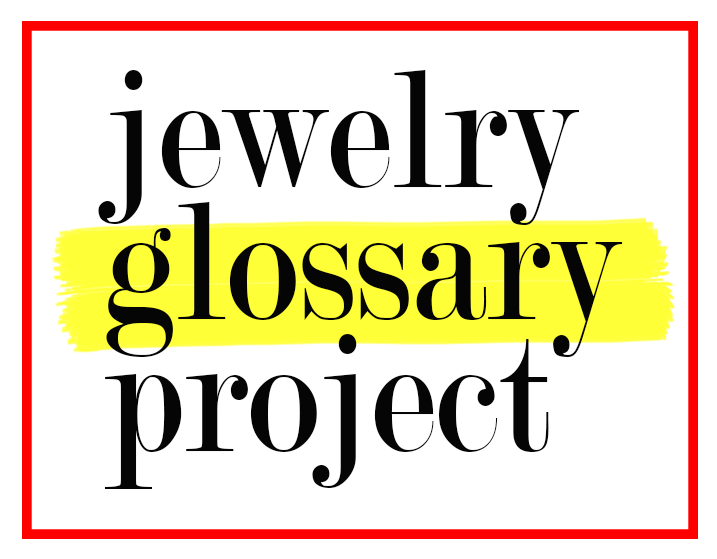DEFINITION: The successful stewardship of Earth’s ecosystems. In the context of jewelry materials, almost all of which are mined, this requires minimizing causes of climate change, damage to biodiversity, and mitigating negative impacts to land, air, and water. It also requires rehabilitating affected ecosystems.
EXPLANATORY NOTE: The extraction of finite, non-renewable resources, including metals and gemstones used by the jewelry industry, is environmentally unsustainable.
The mining, processing, and production of jewelry materials require large amounts of energy, which at present are often fossil-fuel based and carbon emitting. Mining produces waste and pollution that have generational consequences and require continuous monitoring and containment. However, in communities where livelihoods are dependent on mining, resulting earnings can contribute to economic sustainability.
Metals recycling is a standard and necessary practice in the jewelry industry. However, the recycling of these materials does not reduce the demand for newly-mined metals. Because of the high financial value of precious metals, they continue to be mined and continue to enter the supply chain.
Circular design principles have the potential to increase the longevity of individual resources used in the sourcing, production, sale, and distribution of jewelry. Currently, circular design principles are not widely applied in the jewelry industry. Research and implementation of these principles will require commitment and transparency from participants throughout the jewelry supply chain.
